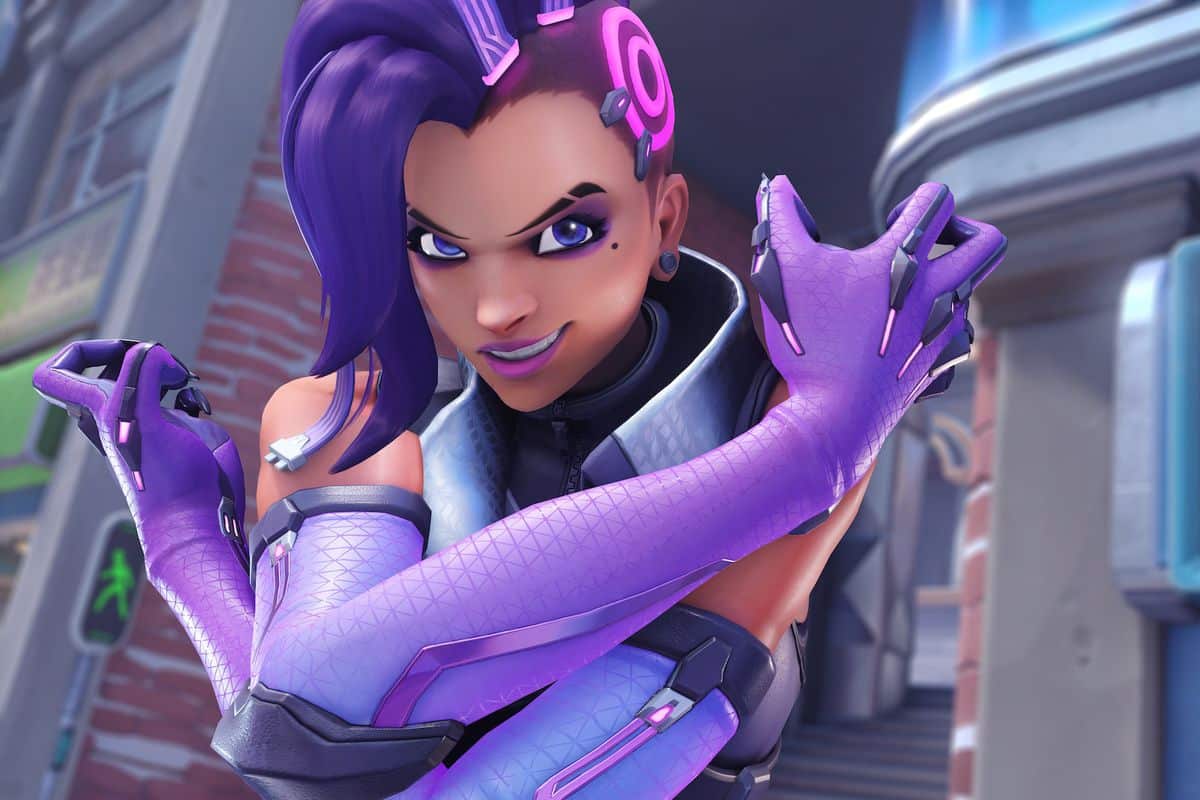Activision Blizzard has released and then partially retracted a blog post detailing a new internal company tool designed to rank characters based on their ‘diversity’ by giving numbered scores to factors like gender identity, sexuality, race, age and body type. According to the company, the tool has been designed to ‘uncover unconscious bias by identifying existing norms in representation and acknowledging opportunities for growth in inclusion’.
The reality is that the Diversity Space Tool only reinforces the idea that the ‘norm’ is being a straight, white man of average build and wealth. Images included in the original version of the blog depict several characters that have been given distinct rankings based on how much they differ from the ‘norm’.
For being Egyptian, Ana from Overwatch got a score of 7. For being 60 years old, she also got a score of 7. Her heterosexuality got her a 0 ranking, as did her slim and curvy body type – but her ‘one eyed’ physical ability got her a 4 on the diversity scale.
How these decisions were made are frankly mind-boggling. While Activision Blizzard claimed the tool had been ‘beta tested by several developers across the company’, it’s hard to see how this reached approval stage at all. Not only are the rankings extremely tokenistic, they also attempt to apply math to the breadth of the human experience.
Read: Activision Blizzard lawsuits: Everything that has happened so far
Diversity is not something that can be numbered or understood in graphs.
Beyond being a cynical and fundamentally wrong way to look at the world, the King-developed Tool also raises a lot more questions than it answers. If Ana gets a ‘7’ for being Egyptian, what country is considered the ‘most diverse’ at 10? What sexual orientation is considered the ’10’ that’s so far from the proposed ‘norm’?
If being middle class ranks a ‘0’ on the diversity scale, is ’10’ then very impoverished? And if identifying as a woman nabs you a ‘5’ on the diversity scale, what coveted ranking is reserved for trans and non-binary people?
Understandably, the newly-revealed Diversity Space Tool has led to major backlash, with many pointing out that ranking diversity based on assumed ‘norms’ is not only doubling down on these assumptions, it’s also extremely reductive, and poor form.
Diversity is not a number of boxes to be ticked – although it appears those at Activision Blizzard believe this is the case. In an update to the original blog post, the company attempted to explain the use of the tool, and justify its existence. In the process, it removed images previously included alongside the text.

‘Activision Blizzard is committed to reflecting the diversity of its millions of players around the world through representation and inclusion in its games as well as its employees,’ the company wrote.
‘Our intent with this blog entry was to share an in-progress piece of our journey in this endeavour. We recognise and respect that all people may be on their own, unique point in their journey with DE&I. The Diversity Space Tool is not a definitive evaluation of diversity in game content; rather, it is a bridge in opening previously unspoken conversations into how thoughtful inclusion can happen – and thrive – in games.’
The original explanation of the tool, which details how it ‘measures’ diversity remains live on the blog, despite the ongoing backlash.
Amidst lawsuits and accusations of union busting, Activision Blizzard hardly needed another controversy – yet this blog post is already dipping the company back into hot water. As the conversation around the Diversity Space Tool mounts, one thing has certainly been made clear: diversity is not a science, and ‘rankings’ have no place in discussions of how to make games more inclusive.
It’s unclear if Activision Blizzard will continue to implement this tool going forward, or whether it will reassess its use in light of the current public discussion.







